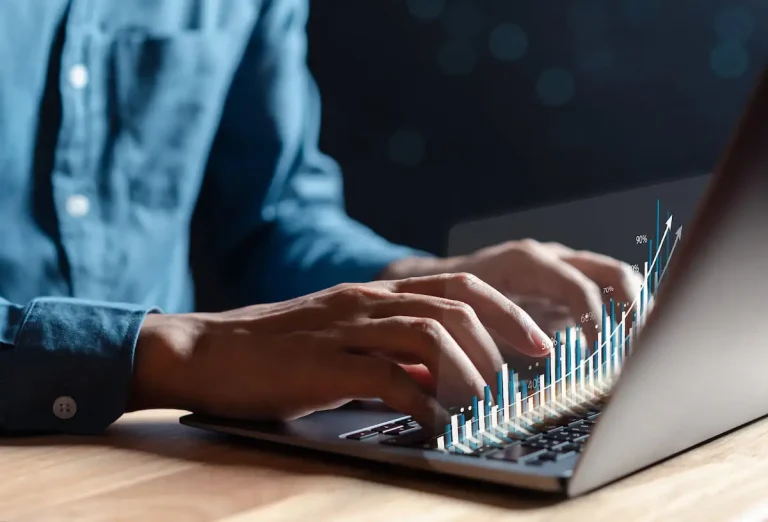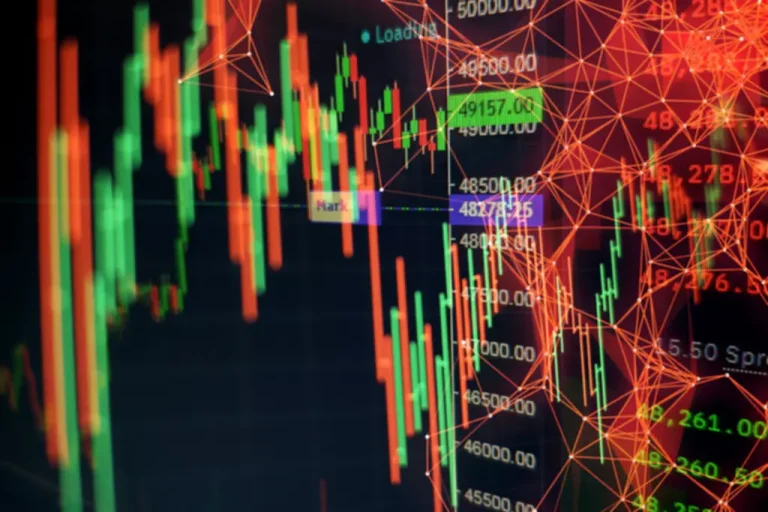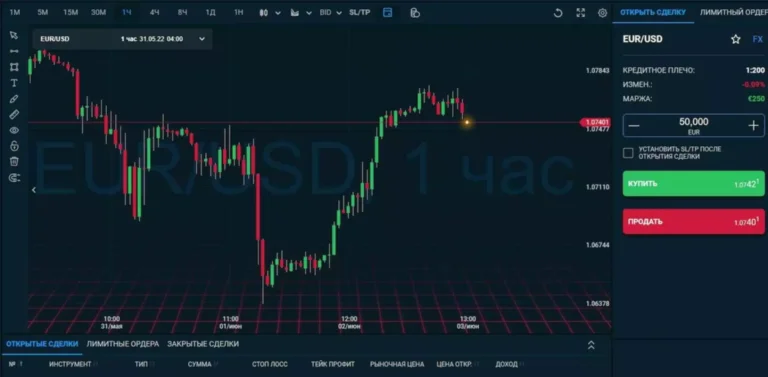Content
In this section, we will delve into the various ways in which the sell-side shapes market dynamics and sustains liquidity. One of the key players responsible for providing market liquidity is the sell-side institutions, such as investment banks and brokerage firms. These institutions act as intermediaries between buyers and sellers, facilitating the smooth functioning of financial markets. https://www.xcritical.com/ They play a vital role in ensuring that there is a constant supply of buyers and sellers, thereby enhancing market liquidity. In summary, sell-side liquidity is a fundamental aspect of financial markets. It determines the ease with which securities can be sold at various price levels.
How To Identify Liquidity Zones
Excessive money can increase prices as demand rises, leading to inflation and economic bubbles. Central banks, like India’s RBI, use various methods to ensure sufficient money availability, particularly during times of crisis. Yield Farming If you want to use buy side and sell side liquidity, here’s what you need to know. It’s easy to get started when you open an investment account with SoFi Invest. You can invest in stocks, exchange-traded funds (ETFs), mutual funds, alternative funds, and more. SoFi doesn’t charge commissions, but other fees apply (full fee disclosure here).
Liquidity’s Economic Role: A Simple Explanation
This crucial element has the potential to shape deal outcomes and significantly influence the overarching transaction strategy. When central banks reduce liquidity during economic recovery, these bubbles burst, causing market fluctuation and significant investment losses, maintaining doubt. Traders buy side liquidity vs sell side liquidity should carefully monitor price actions to confirm potential reversals near these critical levels. In fast and volatile markets, quick position closures by traders lead to price reversals in the opposite direction.
Key Aspects of Sellside Liquidity

From the perspective of investors and traders, market makers are essential as they provide a reliable source of liquidity. Without market makers, it would be challenging to execute trades quickly and efficiently, especially for less liquid securities. Buy-side liquidity refers to the availability of funds or capital ready to be invested in securities in a market. It represents the demand for securities from market participants, such as institutional investors, asset managers, hedge funds, and individual investors. Buy-side liquidity is a key factor in determining the ease of executing buy orders and completing transactions in financial markets.
Industry trends, for instance, can impact the timing and amount of cash inflows and how inventory should be managed, thereby altering liquidity. Consider learning about our financial resources to further enhance your understanding. Liquidity’s abundance or scarcity can yield both positive and negative outcomes. While beginners can adopt ICT strategies, it is recommended that they have a solid grasp of fundamental concepts.
While HFT has been controversial in the financial industry, its impact on market liquidity is undeniable. Market makers play a vital role in providing liquidity in financial markets. They provide bid and ask prices, act as counterparties, manage risk, improve price discovery, and provide efficiency. Without market makers, financial markets would be less liquid and less efficient. Therefore, it is crucial to have well-functioning market makers in financial markets.
When both buyside and sellside liquidity are in equilibrium, it leads to a well-balanced and robust forex market. This balanced environment offers traders and investors attractive trading opportunities, reduced transaction costs, and better risk management. Moreover, it tries to help prevent extreme price fluctuations, promotes market stability, and enhances overall trader confidence. It tries to ensure a smooth flow of transactions, market stability, narrower bid-ask spreads, and efficient order execution. High buyside liquidity indicates positive market sentiment and a strong demand for a specific currency. It provides liquidity to the market, improves market efficiency, and stabilizes the market.
In trending states, liquidity gradually flows deeper in the prevailing direction as zones stack closely along, following the momentum. Here, traders engage in a debate as to which side the range might eventually find a resolution to and the force set for a reevaluation. The perceptions of those zones remain in tune with the changing market conditions and the shifting behaviour of participants since the updating is constant. Keeping an eye on changing liquidity maximizes opportunity around confirmed zones. The framework is useful for assessing what the potential risk/reward could be between the fluctuations within the cycles.
Market makers profit from the difference between these two prices, known as the bid-ask spread. ICT Liquidity Pools influence market movements by acting as magnets for price action. These pools are areas where large buy or sell orders are concentrated, attracting price movements as institutional traders execute their orders.

The ultimate goal of ICT traders is to emulate the behaviour of institutional investors, also known as “smart money” players, in order to achieve consistent and profitable results. When trading reversals, traders should look for price actions that confirm a potential reversal around buy side or sell side liquidity levels. These confirmations can come as engulfing candles, pin bars, or other key market patterns. Professionals on the buy side typically work in portfolio management, wealth management, private equity, hedge funds and sometimes venture capital. Buy-side companies work to identify and buy underpriced, undervalued, or high-potential securities for clients in order to make the highest profit on their trades.
The Quick Ratio offers a more stringent measure of liquidity, focusing solely on the most liquid current assets and excluding inventory. This ratio provides a snapshot of a company’s immediate liquidity posture, highlighting its capacity to meet short-term obligations without relying on inventory liquidation or customer payments. Business liquidity serves as a barometer of a company’s ability to promptly discharge its short-term financial obligations. As such, business liquidity is largely governed by the availability of cash and assets that can be swiftly converted to meet immediate liabilities. It shows how liquidity affects short-term and uncertain markets, making it easier to buy or sell a stock.

Advances in technology have had a significant impact on sell-side liquidity provision. Electronic trading platforms have made it easier for market makers to provide liquidity to the market by automating the process of quoting bid and ask prices. This has led to increased competition among market makers, which has resulted in lower bid-ask spreads and improved market liquidity. Market makers are financial institutions that provide liquidity to the market by buying and selling securities. They do this by quoting both a bid price (the price at which they are willing to buy securities) and an ask price (the price at which they are willing to sell securities).
Measuring the broader macroeconomic variables and changes in policy will keep expectations for the potential for stability or volatility on the ground. The buy side primarily focuses on outperforming over a more extended time horizon through superior investment selection and portfolio management. The individual takes on the business of the investment bank, paying it commissions and fees for managing his money. The business that the investment bank has offered the wealthy individual is considered the sell-side of the business as it is selling to the client services and financial products. All information on The Forex Geek website is for educational purposes only and is not intended to provide financial advice.
- I share my knowledge with you for free to help you learn more about the crazy world of forex trading!
- These ratios enable you to better understand the layers of a company’s short-term financial health and assess its capacity to cover immediate obligations.
- Market depth is an important concept in financial markets that determines the ease of trading a particular security.
- By understanding where liquidity accumulates, we can anticipate potential price moves and improve our trading.
It enables them to identify key market levels and deploy capital efficiently, contributing to better overall financial performance. Some traders may also apply these techniques to other investment instruments, such as equities and commodities. A sharp increase in volume around key levels can indicate a potential breakout, which can lead to the price moving further into the liquidity zone.
